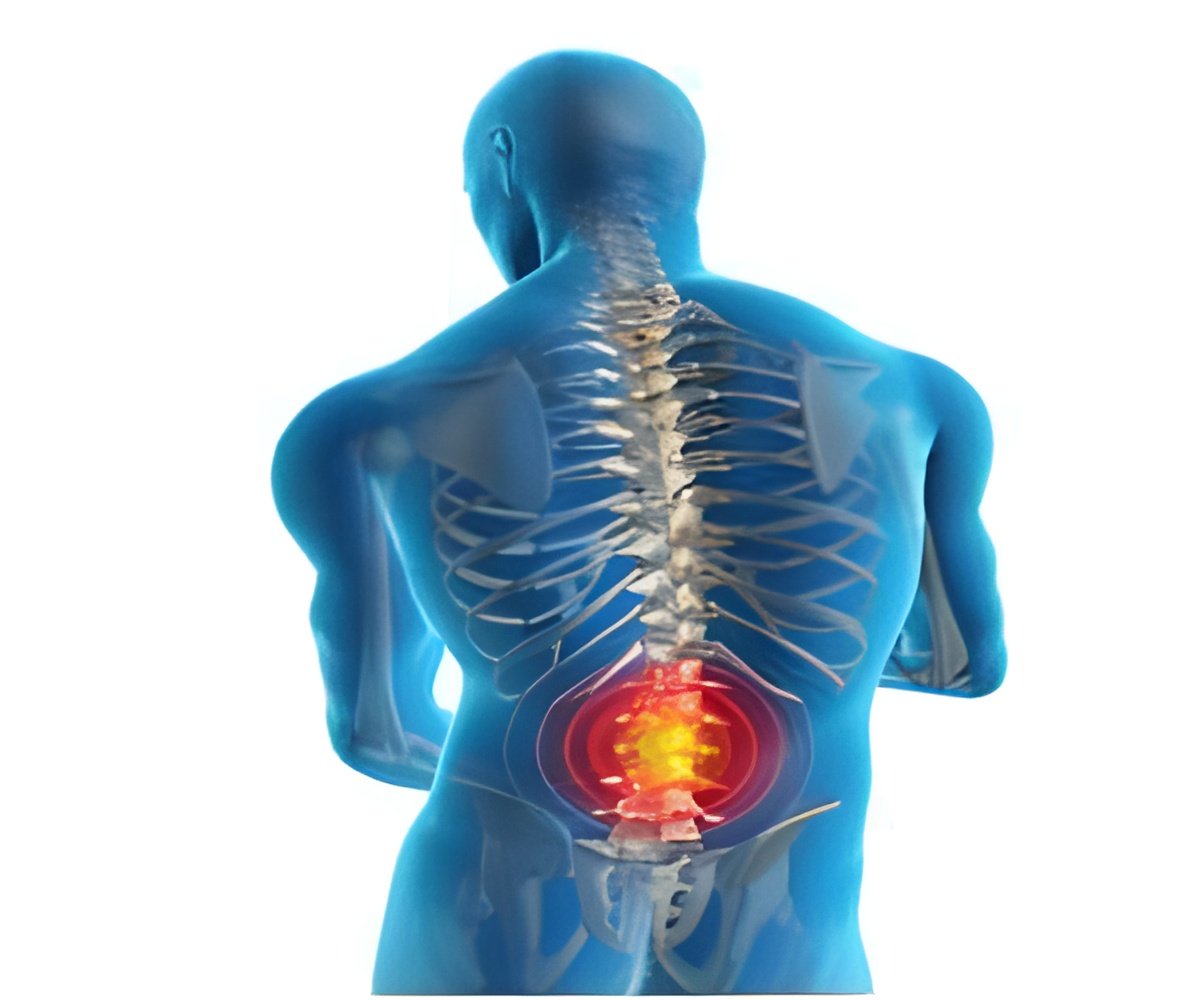This condition can lead to significant blood loss during pregnancy and child birth, requiring blood transfusions and intensive care, and it can result in serious illness and infection and can even be fatal for the mother. It occurs in less than 0.5% of pregnancies.
‘A new nanotech device, NanoVelcro Chip can detect risk for serious complication during pregnancy.’
Currently, placenta accreta spectrum disorder is diagnosed by ultrasound in combination with an assessment of a mother’s pregnancy history. This assessment alone is not reliable enough to detect cases other than the most severe ones.
In tests with more than 100 women, the new blood test was 79% accurate in confirming the presence of placenta accreta and 93% accurate in ruling it out with a negative result. The study results are published in Nature Communications.
“Early and precise detection of this very high-risk obstetrical problem can greatly improve outcomes for both the mother and baby,” said Dr. Yalda Afshar, assistant professor of obstetrics and gynecology at the David Geffen School of Medicine at UCLA, and co-first author of the study.
The new approach uses a technology called the NanoVelcro Chip, which was originally created to detect tumor cells in people with cancer.
The chip is a postage stamp-sized device with nanowires that are 1,000 times thinner than a human hair and coated with antibodies that can recognize specific cells.
For the new study, the researchers adapted the chip so that it can detect placenta cells in the mother’s blood that are linked to placenta accreta spectrum disorder. Those cells, called trophoblasts, appear in the first few days of pregnancy.
When a blood sample is tested using the chip, trophoblasts stick to the chip and can be detected under a microscope. An abnormally high count of trophoblasts or a trophoblast cluster in the blood indicates an elevated risk for placenta accreta disorder.
The efficacy and strength of this test comes from a diverse team that allowed researchers to create an innovative solution to improve maternal and neonatal outcomes.
Source: Medindia



